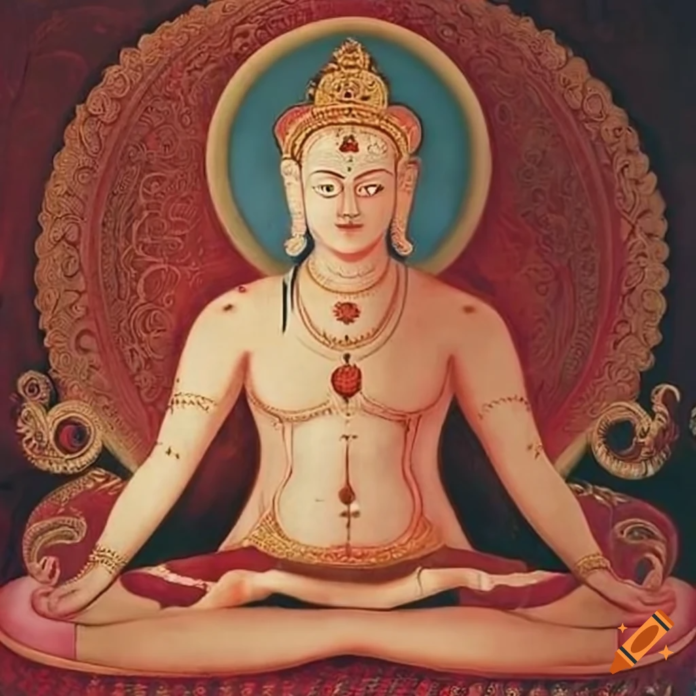Tantric Yoga is a form of yoga that incorporates elements of Tantra, a spiritual and esoteric tradition with roots in Hinduism and Buddhism. Unlike the more commonly known practices of Hatha Yoga or Vinyasa Yoga, Tantric Yoga is often more focused on integrating physical, mental, and spiritual practices to achieve deeper states of consciousness and self-realization. Here’s an overview of Tantric Yoga and how it is practiced:
What is Tantric Yoga?
- Philosophy and Goals: Tantric Yoga aims to unite the individual self (Atman) with the universal consciousness (Brahman). It emphasizes the integration of all aspects of life and self, including physical, emotional, mental, and spiritual dimensions. The goal is to achieve enlightenment or self-realization and to experience a profound connection with the divine.
- Tantra Tradition: Tantra is a broad and complex tradition that includes various texts, rituals, and practices. In the context of yoga, Tantra often focuses on the use of specific techniques to harness and channel energy (Shakti) for spiritual growth. It can include practices such as meditation, visualization, chanting, and ritual.
Key Elements of Tantric Yoga
- Energy Work: Tantric Yoga involves working with the body’s energy centers, known as chakras, and channels, called nadis. Techniques such as breathwork (pranayama) and meditation are used to awaken and balance these energies.
- Mantras and Chanting: Mantras are sacred sounds or phrases repeated during meditation or rituals to focus the mind and invoke spiritual energies. Chanting these mantras is believed to connect practitioners with higher consciousness.
- Mudras and Bandhas: Mudras are hand gestures or body positions that are used to direct and control energy flow. Bandhas are body locks that help regulate internal energy and support meditation and physical practice.
- Visualization and Meditation: Visualization techniques are used to create mental images of deities, symbols, or energy centers, which can help deepen meditation and spiritual connection.
- Rituals and Symbols: Tantric Yoga may include the use of specific rituals, symbols (such as yantras), and practices to honor and connect with the divine. These rituals are often performed in a structured manner and can vary widely depending on the specific tradition.
- Sacred Union: Some Tantric practices involve the concept of sacred union or divine coupling, where dualities such as masculine and feminine energies are harmonized within oneself. This can be explored through meditation, visualization, and physical practices.
How to Practice Tantric Yoga
- Find a Qualified Teacher: Tantric Yoga is a sophisticated and esoteric practice that can be complex and intense. It is highly recommended to learn from a knowledgeable and experienced teacher who is well-versed in the tradition.
- Begin with Basic Practices: Start with foundational practices such as meditation, breathwork, and mindfulness to prepare yourself for more advanced techniques.
- Focus on Breathwork (Pranayama): Use breath control techniques to regulate and balance your internal energy. This helps in focusing the mind and enhancing spiritual experiences.
- Engage in Meditation: Practice meditation to connect with your inner self and explore deeper states of consciousness. Visualization and mantra repetition can be integral parts of meditation practice.
- Incorporate Mudras and Bandhas: Learn and practice mudras and bandhas to enhance your physical and energetic alignment.
- Respect the Rituals: If engaging in rituals or symbolic practices, approach them with respect and an understanding of their significance. Follow the guidance of your teacher and tradition.
- Integrate the Practice: Integrate Tantric principles into your daily life by cultivating awareness, balance, and harmony in your actions and relationships.
Considerations and Precautions
- Respect the Tradition: Tantric Yoga is deeply rooted in spiritual and cultural traditions. Approach it with respect and an open mind.
- Personal Safety: Ensure that any physical practices or rituals you engage in are performed safely and with proper guidance.
- Emotional Sensitivity: Be aware that Tantric practices can sometimes evoke deep emotional experiences. It is important to have proper support and guidance during these explorations.
Conclusion Tantric Yoga is a multifaceted practice that integrates physical, mental, and spiritual elements to achieve self-realization and a deeper connection with the divine. It involves working with energy, meditation, mantras, and rituals to harmonize and awaken one’s inner potential. Practicing Tantric Yoga requires dedication, guidance from a qualified teacher, and a respectful approach to the tradition.













